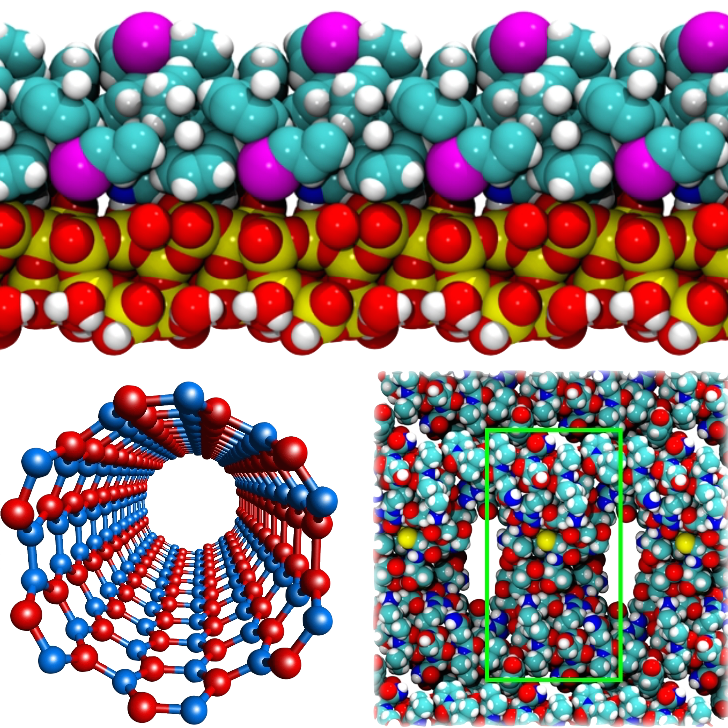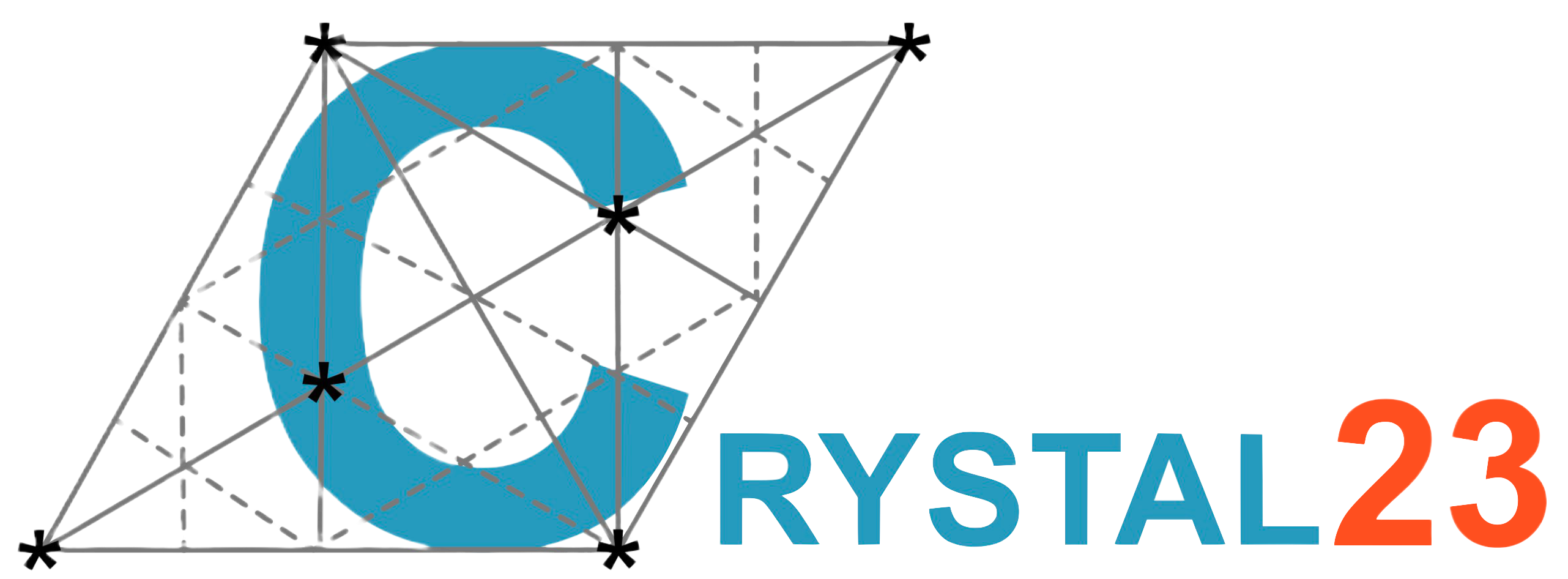

Even more powerful!
Never stop exploring solid state chemistry and physics with
CRYSTAL
A powerful and scalable computational tool
for solid state
chemistry and physics


Even more powerful!
Never stop exploring solid state chemistry and physics with
CRYSTAL
MSSC2025 - Ab initio Modelling in Solid State Chemistry
Torino (IT), September 8-12, 2025
CCP9 / CECAM Electronic Structure Graduate School 2025
Daresbury (UK), February 24 - 28, 2025
The new version of CRYSTAL is available and can be
downloaded from the CRYSTAL solutions web site
The CRYSTAL Team is pleased to announce the release of CRYSTAL23 (current
version: v1.0.1). CRYSTAL23 is a major release and the most relevant new
features are:
The new version of TOPOND is now available within the
CRYSTAL23 package
The CRYSTAL Team is pleased to announce the release of TOPOND23, an indispensable tool for the topological analysis of
electron density and its Laplacian through the instruments of the
Quantum Theory of Atoms in Molecules and Crystals.
TOPOND23 most relevant new features are:
CRYSTAL is a general-purpose program for the study of crystalline solids, and the first which has been distributed publicly. The first version was released in 1988 and then seven next versions have followed: CRYSTAL92, CRYSTAL95, CRYSTAL98, CRYSTAL03, CRYSTAL06, CRYSTAL09, CRYSTAL14 and CRYSTAL17.
The CRYSTAL program computes the electronic structure of periodic systems within Hartree
Fock, density functional or various hybrid approximations (global and range-separated
hybrids). The Bloch functions of the periodic systems are expanded as linear
combinations of atom centred Gaussian functions. Powerful screening techniques are used
to exploit real space locality.
Restricted (Closed Shell) and Unrestricted (Spin-polarized) calculations can be
performed with all-electron and valence-only basis sets with effective core
pseudo-potentials.
The program can automatically handle space symmetry (230 space groups, 80 two-sided
plane groups, 99 rod groups, 45 point groups are available ). Point symmetries
compatible with translation symmetry are provided for molecules. Helical symmetry is
available (up to order 48).
Input tools allow the generation of a slab (2D system), or a cluster (0D system), from a
3D crystalline structure, or the creation of a supercell with a defect, or single- and
multi-wall nanotubes (1D system) from a single-layer slab model (2D system).
The code may be used to perform consistent studies of the physical and chemical properties of molecules, polymers, nanotubes, surfaces and crystalline solids. The full list of features can be found here.